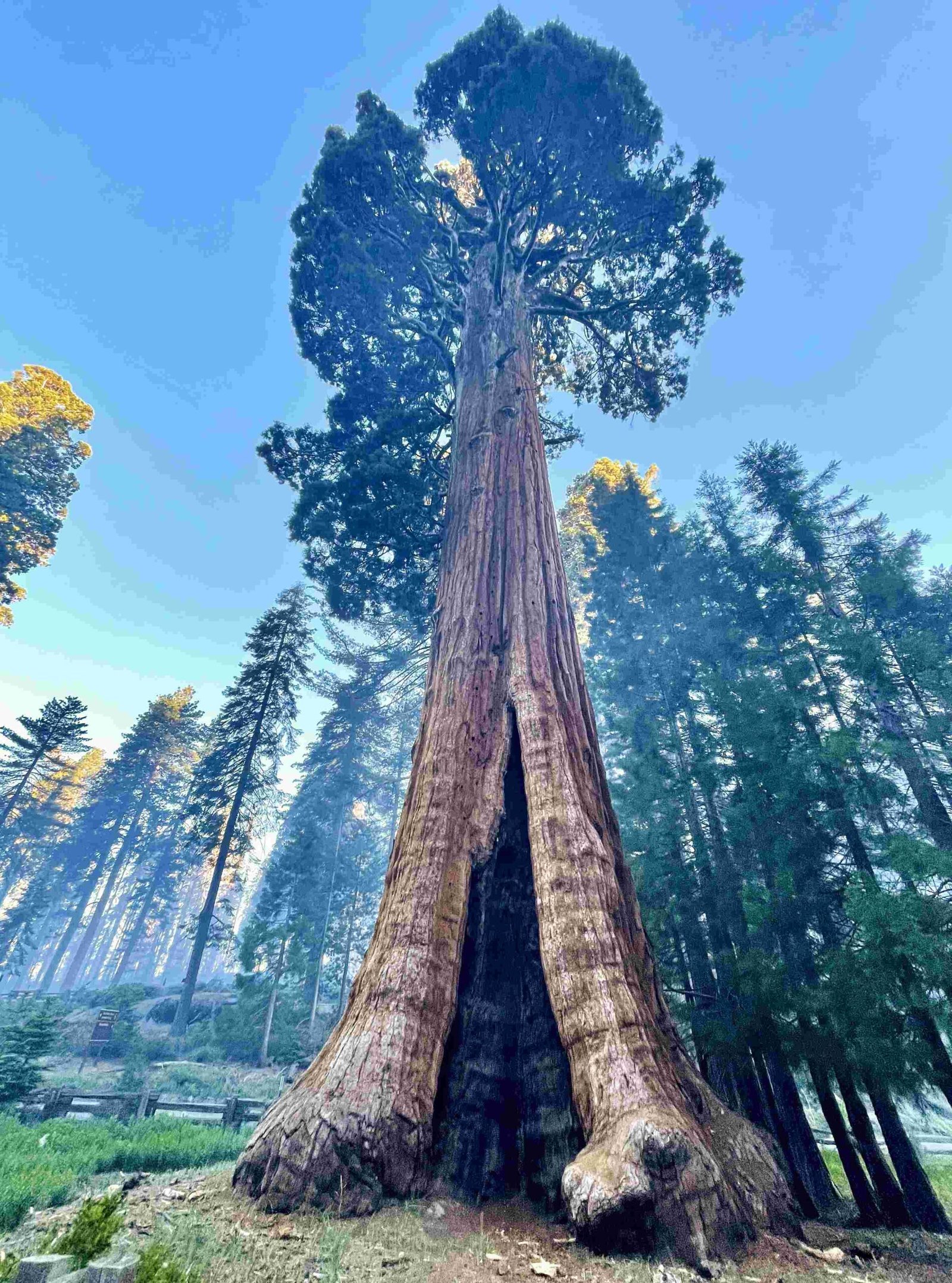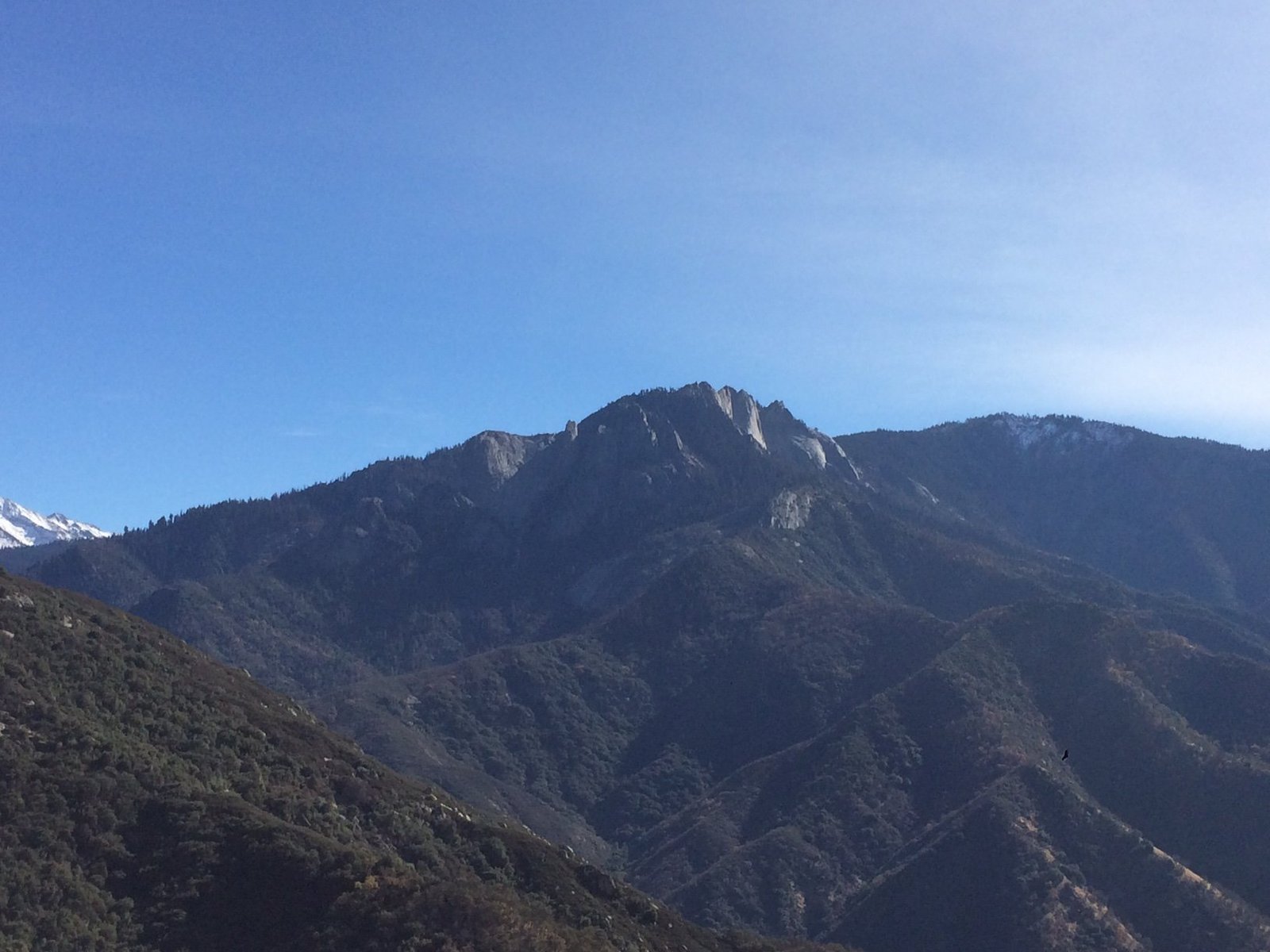Cliff jumping in Sequoia National Park offers adrenaline-pumping experiences amidst stunning natural beauty. While not officially sanctioned, adventurous visitors seek out secluded spots along rivers and lakes for exhilarating leaps. Safety is paramount, with proper scouting of water depth and obstacles essential. The park’s diverse landscape provides a range of jumping opportunities, from modest heights to more daring drops, attracting thrill-seekers during the warmer months when water levels are optimal for safe landings.
Where Can I Find the Best Cliff Jumping Spots in Sequoia National Park?

While Sequoia National Park doesn’t officially designate cliff jumping areas, adventurous visitors have discovered several locations that offer thrilling opportunities. Here are some popular spots:
- Road’s End:
- Located in the adjacent Kings Canyon National Park
- Offers access to the Kings River
-
Features natural pools and small cliffs for jumping
-
Kaweah River:
- Runs through Sequoia National Park
- Multiple access points along the Generals Highway
-
Varying heights for jumps, but extreme caution is necessary
-
Marble Fork Kaweah River:
- Near the Lodgepole Visitor Center
-
Features several swimming holes and potential jumping spots
-
Tokopah Falls:
- A 1.7-mile hike from Lodgepole Campground
- Not for jumping, but offers beautiful cascades and pools for swimming
Remember, these locations are not officially sanctioned for cliff jumping, and engaging in this activity is at your own risk.
What Safety Precautions Should I Take When Cliff Jumping in Sequoia National Park?

Safety should be your top priority when considering cliff jumping in Sequoia National Park. Here are essential precautions:
- Scout the Area:
- Always check water depth before jumping
- Look for submerged rocks, logs, or other hazards
-
Never jump into water you haven’t personally inspected
-
Use the Buddy System:
- Never jump alone
-
Have someone on shore to assist in case of emergencies
-
Know Your Limits:
- Start with lower heights and gradually work your way up
-
Don’t attempt jumps beyond your skill level
-
Be Aware of Currents:
- Rivers can have strong currents, especially during spring runoff
-
Avoid jumping in fast-moving water
-
Wear Proper Gear:
- Water shoes can protect your feet from sharp rocks
-
Consider wearing a life jacket, especially in rivers
-
Stay Sober:
- Never mix alcohol or drugs with cliff jumping
- Impaired judgment can lead to serious accidents
When Is the Best Time for Cliff Jumping in Sequoia National Park?
The optimal time for cliff jumping in Sequoia National Park typically aligns with the park’s peak season:
| Season | Conditions | Suitability for Cliff Jumping |
|---|---|---|
| Summer (June-August) | Warm temperatures, higher water levels | Excellent |
| Late Spring (May) | Snowmelt increases water levels, but can be cold | Good, but use caution |
| Early Fall (September) | Pleasant temperatures, lower water levels | Good, but check water depth |
| Winter (November-April) | Cold temperatures, possible ice and snow | Not recommended |
Summer offers the best conditions for cliff jumping:
– Water temperatures are more comfortable
– Snowmelt ensures higher water levels
– Longer daylight hours for extended adventures
However, this is also the busiest time in the park, so be prepared for crowds at popular spots.
What Legal Considerations Should I Be Aware of for Cliff Jumping in Sequoia National Park?
While cliff jumping isn’t explicitly prohibited in Sequoia National Park, it’s important to understand the legal landscape:
- Park Regulations:
- The National Park Service prioritizes visitor safety
-
Activities deemed dangerous can result in citations or fines
-
Liability:
- Engaging in cliff jumping is at your own risk
-
The park is not responsible for injuries or accidents
-
Environmental Protection:
- Avoid damaging vegetation or disturbing wildlife
-
Stay on designated trails when accessing jumping spots
-
Permits:
- No specific permits are required for cliff jumping
-
However, you must pay the park entrance fee
-
Ranger Discretion:
- Park rangers have the authority to stop activities they deem unsafe
- Always comply with ranger instructions
It’s crucial to exercise good judgment and prioritize safety to avoid legal issues and protect the park’s natural resources.
How Can I Prepare for a Cliff Jumping Adventure in Sequoia National Park?
Proper preparation is key to a safe and enjoyable cliff jumping experience in Sequoia National Park:
- Physical Conditioning:
- Build up your swimming endurance
- Practice treading water for extended periods
-
Strengthen your legs for powerful jumps
-
Mental Preparation:
- Visualize successful jumps
- Learn breathing techniques to stay calm
-
Understand it’s okay to back out if you’re not comfortable
-
Equipment Checklist:
- Water shoes
- Quick-dry towel
- Waterproof sunscreen
- First aid kit
-
Dry bag for valuables
-
Local Knowledge:
- Talk to park rangers about current conditions
- Consult with experienced locals about safe spots
-
Study topographic maps of the area
-
Emergency Planning:
- Know the location of the nearest ranger station
- Save emergency contact numbers in your phone
- Learn basic first aid and CPR
By thoroughly preparing, you’ll be better equipped to handle the challenges and thrills of cliff jumping in Sequoia National Park.
What Are Some Alternatives to Cliff Jumping in Sequoia National Park?
If you’re looking for water-based adventures without the risks associated with cliff jumping, Sequoia National Park offers several alternatives:
- Swimming:
- Hume Lake: A man-made lake with a beach area
- Lodgepole Campground: Access to the Kaweah River
-
Buckeye Flat Campground: Near the Middle Fork of the Kaweah River
-
Whitewater Rafting:
- Kaweah River: Offers Class III and IV rapids
-
Kings River: In adjacent Kings Canyon National Park
-
Fishing:
- Numerous lakes and streams for trout fishing
-
Requires a California fishing license
-
Kayaking and Canoeing:
- Hume Lake: Calm waters perfect for beginners
-
Mineral King area: High-altitude lakes for experienced paddlers
-
Waterfall Hikes:
- Tokopah Falls: 1.7-mile trail to a 1,200-foot cascade
- Marble Falls: 8-mile round trip to a series of waterfalls
These activities allow you to enjoy the park’s aquatic environments while adhering to official park guidelines and safety recommendations.
Remember, while cliff jumping in Sequoia National Park can be exhilarating, it comes with significant risks. Always prioritize safety, respect park regulations, and consider the impact of your actions on the environment and other visitors. By doing so, you can enjoy the park’s natural wonders responsibly and create lasting memories of your adventure in this magnificent landscape.
References:
1. National Park Service – Sequoia & Kings Canyon
2. California Department of Fish and Wildlife
3. American Whitewater – Kaweah River
4. Leave No Trace Center for Outdoor Ethics
